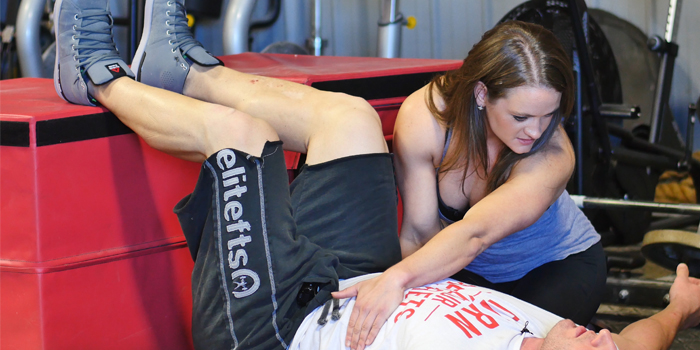
About a month ago, Dave Tate answered a question on one of his Instagram AMAs asking what the worst injury he came back from was. I don’t remember if it was the most painful, or the hardest to come back from, or what the exact question was, but Dave’s answer was his groin tear.
I wrote a primer on groin injuries, essentially stating how important it is to differentiate an injury’s affected tissue because tissue healing is going to vary relatively drastically depending on what the actual injury is: muscle heals differently than tendon, which is different from cartilage or ligaments, which varies from bone. Noel FitzGibbon has written multiple articles published on the site regarding FAI, so go check those out, but my purposes are to highlight major differences in tendon, muscle, and “complex” (e.g., multiple) affected sites.
RECENT: Understanding Groin Injuries: A Primer
I wanted to get the facts straight, so I caught up with Dave about the multiple groin injuries he’s had.
“Muscle tear? Oh, you can train around that. That one’s easy. The worst one I was talking about was the tendon tear. Muscle tears are pretty simple to get through.”
And he’s right — for the boogeymen we make them out to be, muscle tears are a bit more straightforward to deal with if you’re smart, and generally will affect your training for a MUCH shorter amount of time, depending on severity compared to the tendon, for example. But many of us have also had that fear of tearing a muscle or experienced what we perceive as a “tearing” or “popping” sensation, and it certainly does instill a bit of fear in us because they feel like the big one that’s going to keep us out a long time. I want to break that down a little bit, and to, again, raise the bar for how much athletes and coaches know about how to handle injuries.
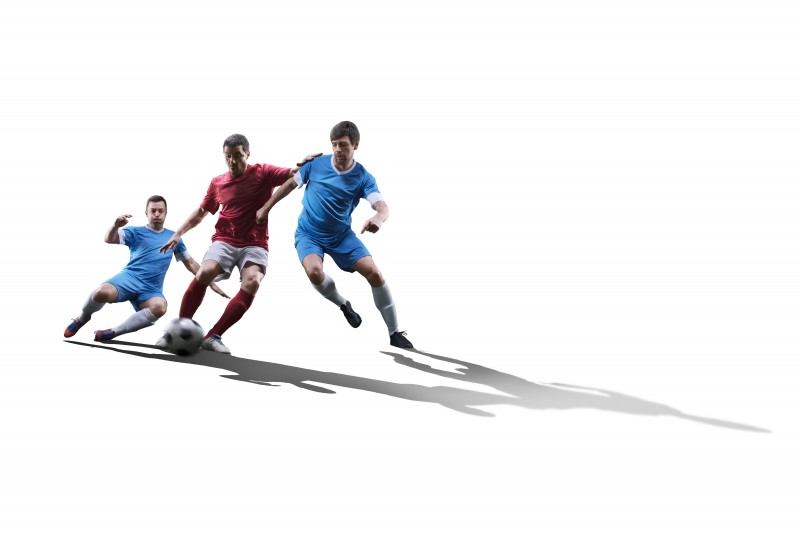
Ievgen Onyshchenko © 123rf.com
Groin injuries (the adductor longus in particular, which is what tore in all three cases I’ll be using in this series) are consistently among the most prevalent in various groups of athletes. Most research studies reference field sport athletes, like those involved soccer and hockey, which is great for strength and performance coaches to learn from and is still relevant for powerlifters. The adductors play a critical role in both thigh and pelvis stabilization, which is huge in sports that require both rapid changes in direction often in a directional fashion (such as changing direction or lateral movement in field sports), as well as in bilateral motions that require immense stability as well as force production, such as a squat.
What’s interesting about the adductor longus in particular (this is important for getting back to movements and training) is that the action of the muscle is going to change slightly based on what position an athlete is in, and it plays at least some functional role in all three planes of motion with both thigh-on-pelvis and pelvis-on-thigh control. Frontal plane control is relatively straightforward; though there is a role in rotational control it is minimal relative to the other planes, but within the sagittal plane (think hip flexion/extension), the adductor’s role shifts. Within a range of roughly 40 to 70 degrees hip flexion, based on the attachment along the femur, the adductors have minimal torque production in flexion/extension. However, in greater degrees of hip flexion, the adductors will produce extension-based torque, and conversely, will provide flexion from extension-based positions. You could think about this as the adductors having more ability to augment either flexion or extension based on how mechanically advantaged they are to do so.
This is huge to acknowledge, as it will play a role in exercise selection and range of motion for athletes.
Basics of Muscle Tears
The biggest thing you need to take away from the idea of muscle tears is that although there is a mechanical disruption in fibers, the healing process is largely chemically based and physiologically mediated in order to remedy the mechanical disruption and restore (again) mechanical strength. Again, two words: chemical and mechanical. Some of these things you can’t really speed up all that well (our biology is a bit like clockwork for many things), but there are a lot of ways you can do slow it down. We’ll go through it, but these two factors, woven together, really dictate what an athlete can and cannot do in their rehabilitative process in return to sports, whether lifting or field sports.
RELATED: FAI and the Rehab Process: Re-Activation and Re-Alignment
Generally, we’ve been taught to classify muscle tears into three major types or grades. In 2012, a revision to grading systems was proposed under the premise that the previous system was both insufficient and inconsistent. This new classification system further delineates types of tears that both strength and field sports athletes experience (1). One of the big considerations with muscle tears is the formation of scar tissue and how to prevent excessive formation, knowing the degree of disruption can be helpful.
Regardless of gradation, muscle injury healing falls into three phases: destruction, repair, and remodeling. While we think of them as separate phases, studies repeatedly show that there isn’t a crystal-clear delineation, and some overlap of phasing is to be expected. These phases loosely correspond with different types of cells and chemicals and some pretty complex interactions. Different types of cells migrate into the muscle, and the immune/inflammatory response that happens is a large part of muscle healing. The signals they release start a cascade of events that regulate “getting rid of the bad stuff” to “making sure the scaffolding is good” to “start building the good stuff.”
Current best practices for managing a muscle tear therefore generally follow the guideline of complementary systems working together. The body is pretty smart, and the transition from the activation and expansion of muscle stem cells to differentiation and true rebuilding is marked largely by the transition from the inflammatory to an anti-inflammatory stage and a change in cell types and the chemical mediators present to potentiate the healing process.
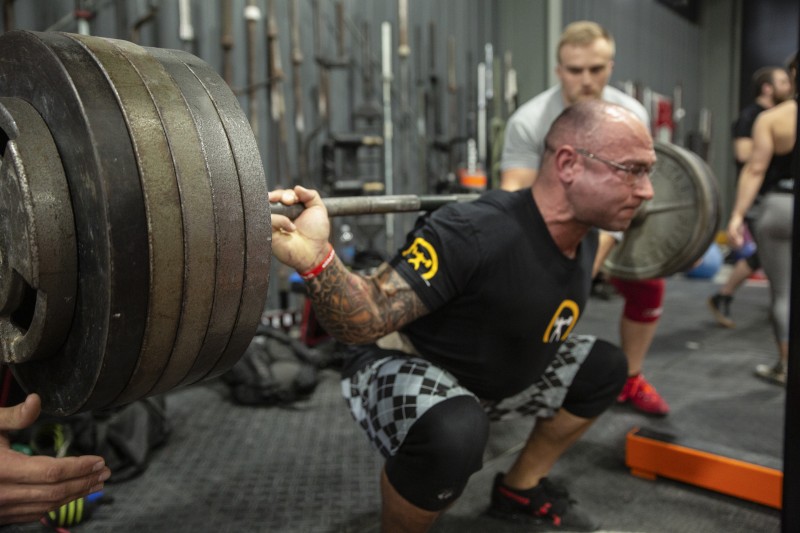
The big takeaway: Our physiology will respond to trauma in a certain way, and how we handle muscle tears falls in line with our body’s clock. Doing too much too soon or not doing ENOUGH can mess with that cycle and prevent proper healing. Most athletes don’t care much about the biology of healing. That’s fine, but the smarter you are about pushing the envelope between healing and continuing to work, the better you’ll come back; expecting any less of yourself is selling yourself short.
What Dave Did
When I talked to Dave about the muscle tear in his adductor (his pec is an entirely different story and was a full rupture, which required notably different treatment), he said he kept it simple. He used compression when he could, especially at night, woke up with a warm shower, basic stretching, and based on his training at the time, skipped squatting for the week. That gave him roughly 14 days of recovery where he was able to do quite a bit of close stance work in the meantime.
Current Concepts
The pieces of evidence shown here are your best actions. I am intentionally keeping this simple as basic guidelines. If you suffer a tear with significant bruising, palpable disruption on the muscle, or generally things that make you say, “Crap,” please go see a doctor or physical therapist so THEY can evaluate you and either refer you to a physician as needed (especially in the case of complete rupture), or treat you themselves.
- First Phase: ICE. I hate typing that because it seems way too simple, especially with all the “ice or no ice, NSAIDs OR NO NSAIDs” debates from the last few years. But facts are facts, and early on, controlling bleeding and swelling is immensely important in minimizing scar tissue formation (which will not have the same strength as original tissue) and modulating the immune response I mentioned above. You want to get into the second and third phase as efficiently as possible. The first phases of your healing revolve around, quite simply, not making it worse, and letting the base for new tissue “set.” Rest is a key component here that prevents further separation or retraction of ends of the tear. Within the first three days, you’ll have the first new small blood vessels sprouting, which is a key component of healing and getting bad out, and good in, and letting new tissue start to fill in the gaps. This is great, but movement is a part of fully utilizing blood flow. In recent years, there has been debate regarding the use of ice and/or NSAIDs, especially in early phases, and you may have heard some of those ideas. In this very first phase, especially if you’re bruising, utilizing ice with the intent of minimizing the size of the hematoma (and subsequently, the inflammatory reaction) gives you a better prognosis of returning at a high level. I’m not sure how accurate this is, but my thought with that would generally be that the less severe the hematoma or bruising that needs to be managed, the less you’re in the hole, so to speak. Some articles even cite hematoma management as a major prognostic indicator of quality of tissue (e.g., less scar tissue) and improved healing time. This phase should be respected but limited; when the range of motion is painless and isometric muscle contraction is painless or markedly better, get moving. By Day 4 or Day 5, depending on the severity of the trauma, tissue is starting to settle into place a bit more.
- Early Mobilization with appropriately and systematically increased activity: Start with isometrics in varying ranges of motion, progressing to active range of motion as tolerated, followed by concentrics/eccentrics, with special attention paid to eccentric tolerance. While much of this is designed to continue revascularization (remember, blood flow = king), I also think that early mobilization promotes a huge sense of self-efficacy with reduced perceived trauma, decreased risk of fear avoidance, and decreased scar tissue formation. Your goal here is to start easy and to start light; tissue is still regenerating and remodeling, and the whole science part of this with the inflammatory cycle is still somewhere in between the second and third phase. At this point, just like how prolonged immobilization can be detrimental, icing can be as well and can prolong the inflammatory process and prohibit succession to the next phase, so to speak. Note that stretching is not listed in this phase or in Phase 1.
- STARR Protocol: I personally have not used this, but in the 1970s, Bill Starr used a protocol basically following the above principles for muscle injuries located in the muscle belly. Most research indicates that a majority of tears occur in the muscle-tendon junction, but there are also plenty of mild to moderate tears that do occur in the muscle belly. I think some of the discrepancies may be due to the fact that research generally applies to field athletes rather than iron sports athletes, and I’d imagine largely corresponds with the new grading of tears. His protocol, to my understanding, included roughly 48 hours of rest and ice to minimize bleeding, followed by a systematic pain-free return to limited compound exercises. Compounds tend to permit increased stability via recruitment of multiple muscle groups, allowing the injured muscle to participate as tolerated with support. Work without overstressing starting roughly two days after injury is the short and sweet version. Compounds are also going to give exposure to coordinated eccentrics, provided there’s adequate control.
- Isometrics: These can be as easy or as challenging as you make them, and in fact, exercises like the recently re-popularized Copenhagen Plank can be VERY difficult and put demand not only on the adductor in isolation but also in integration with other muscle groups as well.
- Isotonics: Concentric and/or eccentric? Eccentrics are chemically shown to increase modulators leading to hypertrophy and regeneration (which is what you’re ultimately wanting to do when healing a torn muscle), as well as improved gross stabilization and motor control and coordination. We also know eccentrics can be hard on the muscle to recover from if not appropriately dosed and includes a psychological fear factor depending on the athlete, especially after injury. To that end, the degree to which someone is able to incorporate eccentrics will depend partially on individual variables, movement quality, and control (e.g., absolutely no favoritism in bilateral movements). My advice? Do what you can. Don’t be afraid, but let pain be your guide. If at rep 2, you have mild pain, and by rep 5 or 6, it’s gotten worse, you’re either not ready for the exercise or need to dial down the weights. There are always in-betweens with exercise selection, and a good physical therapist can help you with that.
Different Factors
There are plenty of factors that will vary between you and another athlete. The range in time to get back even after a Grade 3 (Munich Classification, mentioned earlier) can range anywhere from 16 to 38 days. On average, that’s two to five weeks and a pretty significant range (1), which is also right in line with what Dave did.
READ MORE: Troubleshooting Strength Injuries: Dealing with Injury
Factors such as your training age, physical age, pain perception (which is far more complex than tolerance), location of tear (belly versus myotendinous junction), and early management to reduce scar formation will ALL play a role. Even your maturity as a lifter will play a role, as prolonged lifting changes mRNA gene expression to essentially favor muscle preservation and growth.
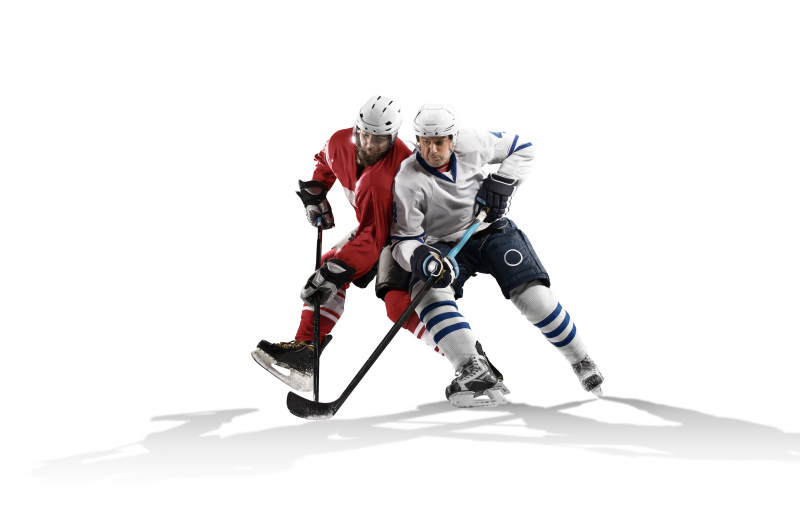
Ievgen Onyshchenko © 123rf.com
Most of what has been discussed here has been in the context of general muscle tears without necessarily looking at the groin/adductors, specifically. I mentioned the biomechanics of the adductor longus (this is the most frequently torn), which should play a role in exercise selection.
There were a few things Dave and I talked about, as we were mostly spitballing ideas around while we were on the phone. Dave mentioned that with certain muscles, you never really get to rest them just because they’re always working somehow and never really shut off. I’d put groin injuries in that group. Dave mentioned that even as he’s sitting, standing, or whatever he’s doing, there’s some tension or change in that muscle, and I’d put that in line with the biomechanics mentioned above, given where the adductor attaches to the pelvis and its agonist/antagonist relationship with the abdominal wall.
How much pain is too much pain with training? Dave echoed what I believe to be true — there will likely be some pain, but you should be able to find movements that, as you complete more repetitions, the pain will decrease. These are your go-to’s.
If you aren’t ready for a full range of movement yet, shorten the range of motion. In the case of a muscle tear, you’ll sense a point in the range where you’ll likely be able to palpably notice when a muscle gets really tight, really fast. Right around that point, you’re probably going to have that visceral “not yet” sensation. Back off from that slightly — and that’s your established range. You’ll find it improves relatively quickly.
One last point to mention is that often times, mild to moderate tears have a higher re-rupture rate, and I think that’s largely because we don’t take them as seriously as we do the major ones and don’t follow protocol to allow scaffolding to lay down, stabilize, and then provide proper stimuli to actually improve that muscle. Instead, we get right back to our Big Three without actually strengthening it because it’s easier to train around.
A re-rupture is bad news — and everything you don’t want if you’re seeking longevity. Dave gave me an example about how he’ll see guys start wrapping an adductor mid-thigh, and over time, you’ll see that wrap expand to higher up in the groin, and eventually, they often end up with one of those nasty boogeymen catastrophic ruptures. If you have a more moderate strain in the muscle belly, follow the guidelines above; you will heal SO much faster with better outcomes.
I can’t tell you exactly how to rehab YOUR groin tear because I haven’t spoken to you, and in fact, I think that’s one of the biggest pitfalls of current PT (everyone wants to give one recipe for an injury and make cute Instagram posts), but if you have questions, I do encourage you to reach out. I know a lot of this is beyond what most meatheads want to know (no one cares about M1 versus M2 macrophages), but my hope is that you’ll start to respect that rehab is chemical and mechanical and know that there are some of us out here who expect you, as a coach and athlete, to set the bar higher for yourself. I want you lifting stronger in 10 years than now — not the other way around.
As always, I’m available via email at Danicashdpt@gmail.com. Any questions you have, advice for your specific injury, or things you want to see written about, send it on over.
Sources:
- Hans-Wilhelm Mueller-Wohlfahrt, Lutz Haensel, Kai Mithoefer, Jan Ekstrand, Bryan English, Steven McNally, John Orchard, C Niek van Dijk, Gino M Kerkhoffs, Patrick Schamasch, Dieter Blottner, Leif Swaerd, Edwin Goedhart, Peter Ueblacke. Terminology and classification of muscle injuries in sport: The Munich consensus statement. British Journal of Sports Medicine. 47: 342-350 (2013).










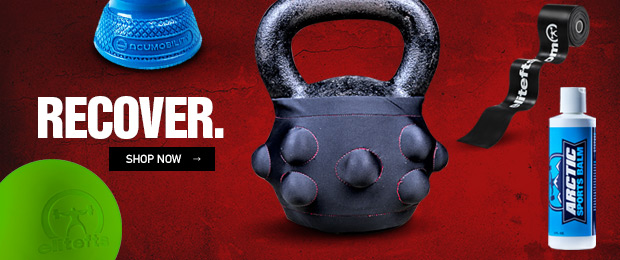
1 Comment